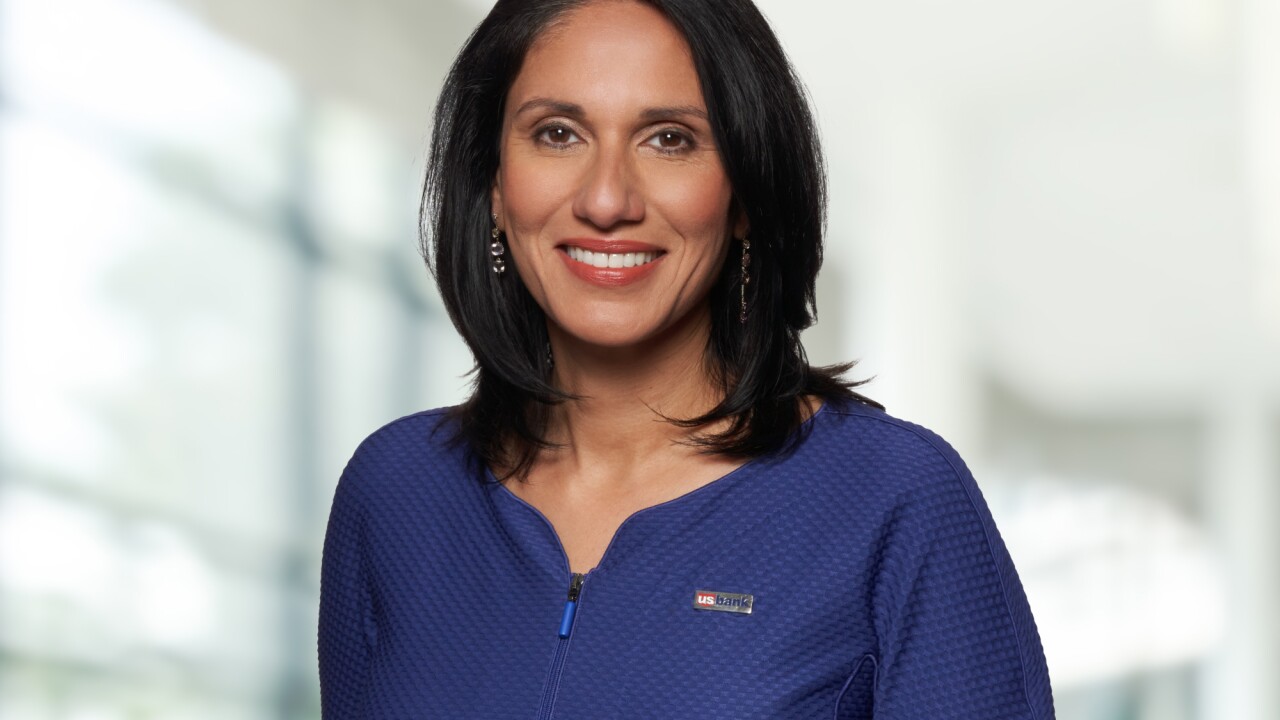When Starbucks Corp came to market in January 2011 with its mobile payments app, there had yet to be a retailer or foodservice operator that had gained much traction with the newfangled idea of a consumer using a mobile phone to make an in-store purchase.
Now the U.S.-based coffeehouse giant has gained considerable attention as it relates to mobile payments, leaving other companies to wonder how theyve accomplished so much in so little time.
In less than three years,
Conceptually the mobile app from Starbucks is simple. Consumers load money onto a pre-paid card that is synced to the mobile app. At the time of purchase, a consumer opens the app to display a QR code that the barista then scans to execute payment. The vital component of its mobile app is that it is integrated with Starbucks already popular loyalty program, which gives its most loyal and frequent clientele a compelling reason to try and use the new mobile app.
Within a year of the mobile apps launch, Starbucks reported it had processed 26 million transactions via the mobile payments app. Today Starbucks processes six million mobile payments weekly, up from two million at the end of 2012. The mobile app has 12 million users today. In fact, a third of Starbucks North American sales are funded by one of the stores pre-paid cards with the mobile app itself processing 15% of all transactions at its 12,000 US stores.
Starbucks enjoyed immense success because it has an extremely loyal smartphone-carrying customer base that visits repeatedlyoften several times a week. Its consumer base is known for its brand loyalty, its frequency of visits and its affluent status. Starbucks was ahead of the m-commerce curve when it came to market in early 2011. Not even 50% of mobile phone units sold in the U.S. were smartphones at that time. Since its clientele tends to be more sophisticated and often early adopters of technology, the chain essentially had a ready and willing base as compared with other foodservice operators.
That being said, the mobile landscape has changed rapidly. Mobile payments are not just for early adopters of technology anymore. Euromonitor International estimates that nearly 80% of all mobile phones sold in the US will be smartphones in 2014. This means that it is more feasible for merchants, especially those in more developed markets, to launch more complicated mobile payment platforms. Such apps would be most embraced in environments, such as fast-food restaurants, that consumers frequent weeklyif not daily.
Starbucks may have paved the way for the mobile payments revolution, but foodservice operators also have demonstrated a strong appetite for mobile payments. In particular, fast-food chains and coffee shops have been among the first entrants to launch mobile payment initiatives of their own. The mobile platform fits well into the routine of a fast, daily spend consumer. Just in the last year, the concept of mobile order-ahead has jumped to the fast track for a number of foodservice outlets.
The market today is being flooded with new rollouts from local, regional and international foodservice brands. Of the top 10 chained fast-food operators in the world, all have mobile apps or trials in the work. For example, McDonalds Corp, which controls nearly a quarter of worldwide sales based on Euromonitor data, has launched or is piloting mobile payment products in
Players, such as McDonalds, are eager to join the m-wallet conversation because these environments are particularly ripe for mobile payments since consumers visit multiple times a month, giving the brand a greater opportunity to build efficiency and loyalty through the mobile app. In fact, the consumer foodservice industry is among the first to widely embrace what can be provided by mobile payment offerings, including in-store payments and order-ahead mobile functionality.
These foodservice operators are trying to follow in the footsteps of Starbucks and for good reason. Thats because mobile payments have the ability to drive revenue. Starbucks previously reported that its mobile app was helping to drive more frequent purchases and contributed to the companys overall revenue growth. If consumers have a fast and easy experience, they will return more often. In addition, mobile payments provide a platform for an enhanced loyalty program, potentially lower interchange rates depending upon the funding source and possibly more secure payments.
One of the greatest things that mobile payments can do that other payment methods simply cannot do as effectively is provide for a richer consumer experience. A mobile wallet enables companies to more easily gather analytics about the consumers purchasing behavior and can then in turn use that data to influence consumer behavior. Through a mobile wallet, foodservice operators, for example, can see when a consumer is in an outlet, what they are buying and when they are buying it. This enables companies to in turn better target these consumers with special offers to drive a desired behavior and further reward its most loyal ones. Although mobile payments in the consumer foodservice industry are still in the early phase of deployment, the industry is moving quickly moving toward mass adoption.
The digital transformation has pushed the envelope in terms of what companies, including foodservice operators, can offer and what todays digital consumers now demand. Increasingly, a mobile presence is quickly becoming a prerequisite for how to drive a richer consumer experience with the given brand. Even more so, consumers are beginning to expect the mobile functionality, including both in-store payments and order-ahead functionality. Mobile helps to close the circle on the complete commerce experience. This new omnichannel experience is about companies providing a seamless, holistic and highly personalized experience for consumers across all channels, devices and methods of payment. Truly, the mobile device is ushering in one of the greatest shifts in the consumer foodservice industry since the advent of the drive-thru.
Michelle Evans is a senior analyst covering the financial cards and payments industry at Euromonitor International. Follow her on Twitter @mevans14.





